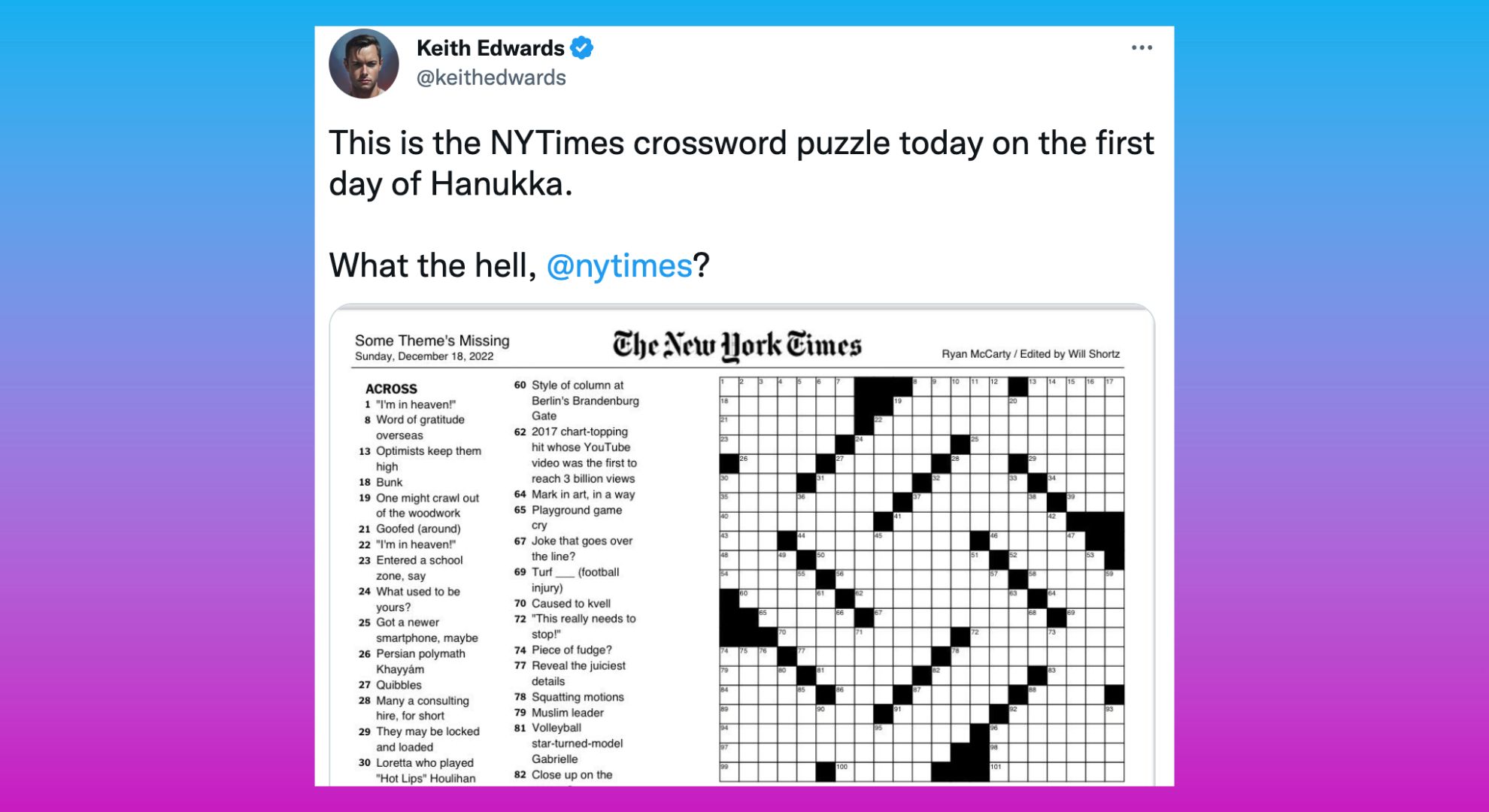Let’s talk about a very controversial symbol in history: the Swastika.
If you were knowledgeable enough and have done further research on it, you might have read that the symbol itself isn’t entirely bad; rather, it is quite the opposite. It is actually an ancient religious and cultural symbol mainly used in Eurasian, African, and American cultures.
In the religions of India, such as Hinduism, Buddhism, and Jainism, for example, the Swastika is still a symbol of divinity and spirituality. The word even comes from the Sanskrit word ‘svastika’, which means “conducive to well-being”.
We’ll spare you the other details (because you can surely do research on your own) but overall, in other cultures, the Swastika isn’t at all distasteful. The association of it only turned sour and hostile was thanks to the Nazi Party in Germany during the 20th century.
There’s no need for us to include a short history lesson regarding the Swastika, the Nazi Party, and the Jews, but we do hope you remember these key words: Adolf Hitler, Nazism, Jews, the Holocaust, Antisemitism.
Now, onto the present.
Jews all around the world have started celebrating their “Christmas” festivity, Hanukkah. This is an annual celebration being held for 5 days. This year, it began on December 18, 2022 at sunset, and will end on December 26, 2022 at nightfall.
On the same day, the New York Times published a crossword puzzle with blank spaces that coincidentally looked like the now-controversial symbol. Many internet users pointed this out—Jewish or non-Jewish, and called the attention of the prominent newspaper.
On the first night of Hanukkah the anti-Israel New York Times issues a crossword puzzle that looks like a swastika. Can’t make this shit up.
We see you @nytimes – we see you. pic.twitter.com/nNIqpLGdJH
— Meghan McCain (@MeghanMcCain) December 19, 2022
The @nytimes published this puzzle on the first day of Hanukkah. pic.twitter.com/0Bh8KI0ZBx
— Nina Turner (@ninaturner) December 19, 2022
✅ True. An image of a crossword puzzle that somewhat resembled a swastika shape was printed by The New York Times on the first night of Hanukkah. https://t.co/jokMI4fyPa
— snopes.com (@snopes) December 21, 2022
This is the NYTimes crossword puzzle today on the first day of Hanukka.
What the hell, @nytimes? pic.twitter.com/kNBs8RjyJJ
— Keith Edwards (@keithedwards) December 18, 2022
https://twitter.com/SphynxMother/status/1604550802680745984?s=20&t=QKmK0cVrnnILxv8uGRYjgQ
Really interested to hear some sort of explanation from @nytimes as to why the crossword grid for today—the first day of Hanukkah—is in the shape of a swastika. https://t.co/hN64qWt7qa
— James Croxton (@jwcroxton) December 18, 2022
The first time, in 2017, the @NyTimes recieved the benefit of the doubt.
The second time, on the day after its editorial board published a piece criticizing the world's only Jewish state, and on #Hanukkah eve, it's hard to be so naive.#Antisemitism #nytimes #swastika #fails https://t.co/AuTI8wBliL pic.twitter.com/Srk6f2WewR
— Joseph Steinberg (@JosephSteinberg) December 19, 2022
https://twitter.com/peoplesmedianyc/status/1604804351079469058?s=20&t=QKmK0cVrnnILxv8uGRYjgQ
Hey @nytimes did we get an answer for why your crossword puzzle resembled a swastika on the first day of Hanukah? You know, one where you take accountability for things like this because this isn't the first time this has happened. pic.twitter.com/h3yViQnDTz
— 𝙴𝚟𝚎𝚕𝚢𝚗 𝙱𝚎𝚛𝚝𝚛𝚊𝚗𝚍 (@EvelynRBertrand) December 19, 2022
I must have missed the apology from the #NYT for the swastika puzzle yesterday, right? RIGHT, @nytimes @NYTGames
— 🎗️🎗️🎗️איפה כפיר ואריאל🧡🧡🧡 (@jk006d) December 20, 2022
https://www.tiktok.com/@nomeatmashers/video/7179287911546801451?_r=1&_t=8YLSxZrJsXJ&fbclid=IwAR2odjbfsUCcVzL1PaBJOEAkM9AW-XC3E5OyKouHbla2bE8O9YExnJ_eio4&is_from_webapp=v1&item_id=7179287911546801451
To make things more interesting, this wasn’t the first time it happened. The first time the New York Times published a similar crossword puzzle pattern was back in 2017. This was how they responded then:
Yes, hi. It's NOT a swastika. Honest to God. No one sits down to make a crossword puzzle and says, "Hey! You know what would look cool?"
— New York Times Games (@NYTGames) October 28, 2017
If their mistake 5 years ago resurfaced, then it’s clear that the New York Times hasn’t learned from the backlash they received back then, and that they’ve made their ideologies crystal clear to the whole world.
Antisemitism is still at large, and there are even famous personalities undeniably promoting them. The least thing media companies can do is to be more critical and cautious about their graphics and how it would affect audiences coming from various cultures, despite being in one big country.
As of writing, the New York Times hasn’t addressed the controversy regarding the crossword puzzle.
Other POP! stories that you might like:
Fed up New York Times editors turn over FB cooking group to members
Why does it seem like every book is a #1 New York Times bestseller?
The writing’s always been on the wall: Kanye West has always had questionable viewpoints
FB accounts with AI-generated fake profile photos has significantly increased, Meta reports
Pokémon will continue on their story without Ash and Pikachu



